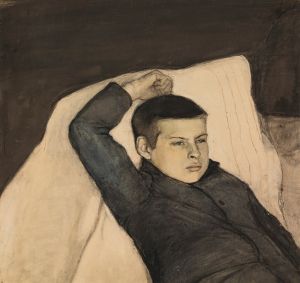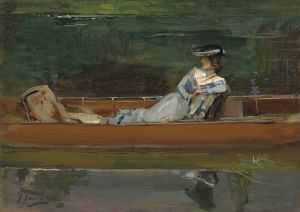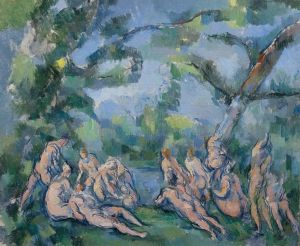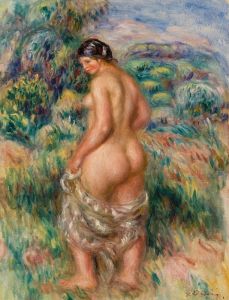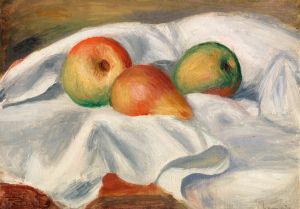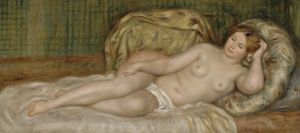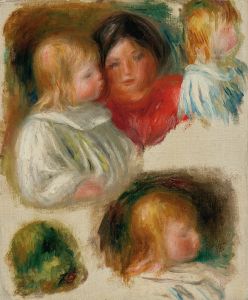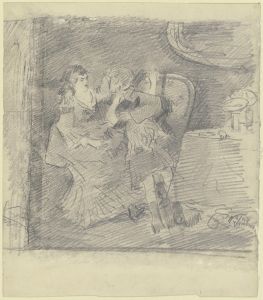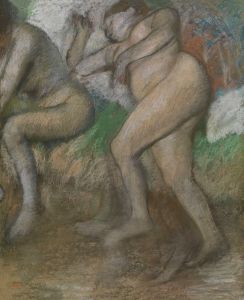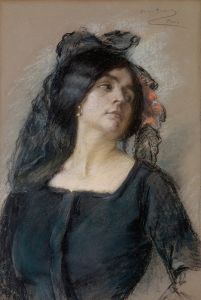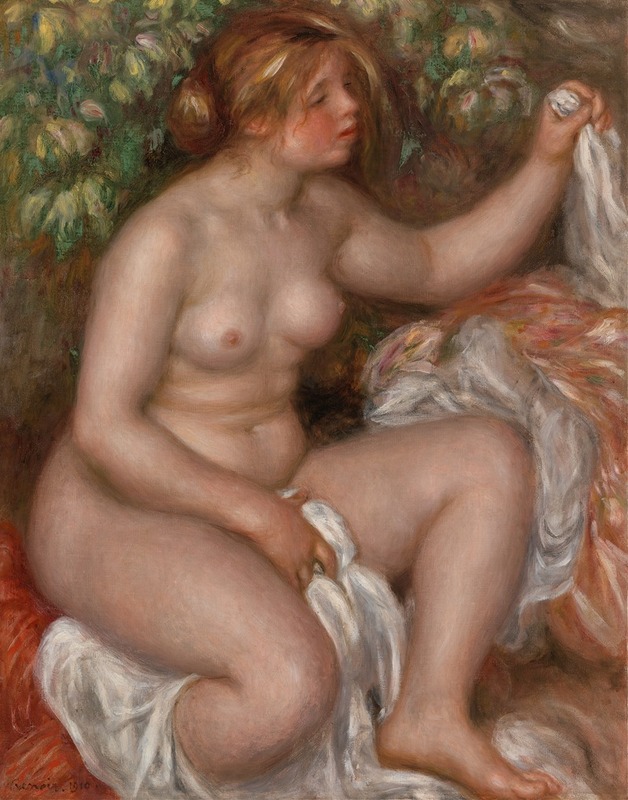
After the Bath
A hand-painted replica of Pierre-Auguste Renoir’s masterpiece After the Bath, meticulously crafted by professional artists to capture the true essence of the original. Each piece is created with museum-quality canvas and rare mineral pigments, carefully painted by experienced artists with delicate brushstrokes and rich, layered colors to perfectly recreate the texture of the original artwork. Unlike machine-printed reproductions, this hand-painted version brings the painting to life, infused with the artist’s emotions and skill in every stroke. Whether for personal collection or home decoration, it instantly elevates the artistic atmosphere of any space.
"After the Bath" is a painting by the renowned French artist Pierre-Auguste Renoir, a leading figure in the Impressionist movement. Renoir, known for his vibrant light and saturated color, often focused on people in intimate and candid compositions. This particular work, "After the Bath," is a testament to his fascination with the human form and his ability to capture the subtleties of skin tones and textures.
Created in the late 19th century, "After the Bath" exemplifies Renoir's mature style, where he moved away from the more formal compositions of his earlier career to embrace a softer, more fluid approach. This painting is part of a series of works that Renoir produced, focusing on the theme of bathing, which was a popular subject among Impressionist painters. The theme allowed artists to explore the effects of light on the human body and the surrounding environment, a central interest of the Impressionist movement.
In "After the Bath," Renoir depicts a female figure in a moment of private reflection, drying herself after a bath. The composition is intimate, with the figure occupying most of the canvas, drawing the viewer's attention to her form and the delicate play of light across her skin. Renoir's brushwork is loose and expressive, capturing the softness of the figure's flesh and the gentle folds of the fabric she uses to dry herself. The background is typically Impressionist, with blurred and indistinct forms that suggest a domestic setting without distracting from the central figure.
Renoir's use of color in "After the Bath" is particularly noteworthy. He employs a warm palette, with soft pinks, peaches, and creams dominating the canvas. These colors enhance the warmth and vitality of the subject, creating a sense of immediacy and presence. The light in the painting is diffused, lending a gentle glow to the scene and emphasizing the natural beauty of the figure.
This painting reflects Renoir's interest in capturing everyday moments with a sense of grace and beauty. Unlike some of his contemporaries, who often focused on urban scenes and the hustle and bustle of modern life, Renoir frequently turned to more personal and serene subjects. His depictions of bathers are among his most celebrated works, highlighting his skill in rendering the human form with sensitivity and elegance.
"After the Bath" is housed in various collections, with different versions and studies of the theme existing in museums and private collections worldwide. Renoir's exploration of this subject matter continued to evolve throughout his career, with each piece offering a unique perspective on the timeless theme of the human figure in repose.
Overall, "After the Bath" is a quintessential example of Renoir's artistic vision and his ability to convey the beauty of everyday life through his masterful use of color, light, and composition.





